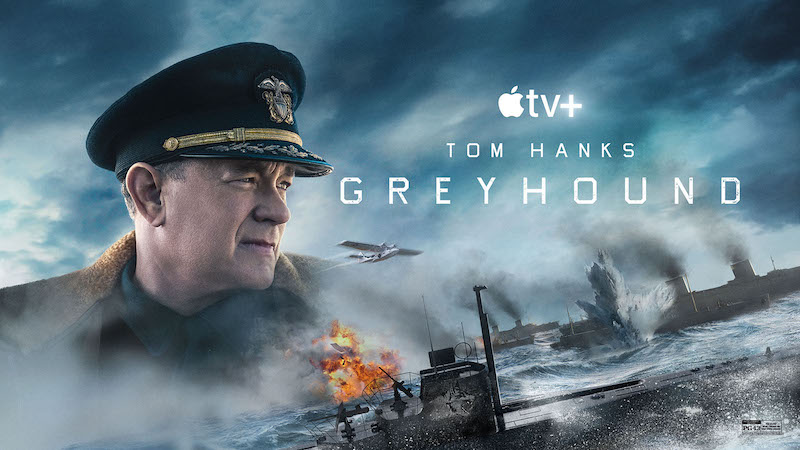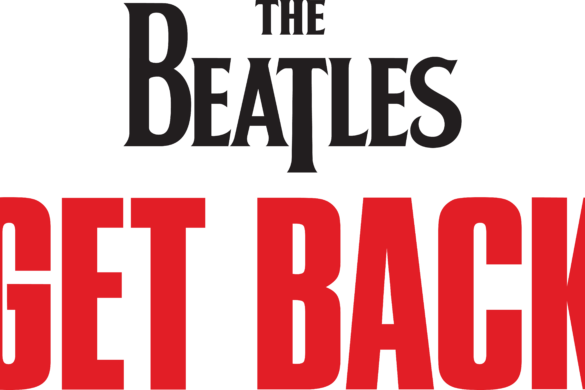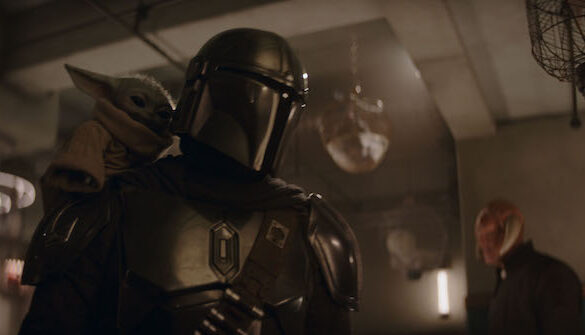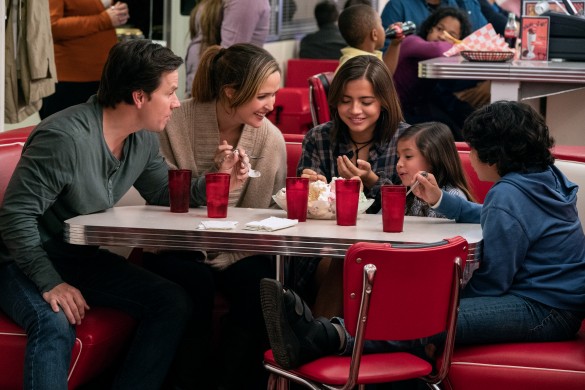Streaming platforms have given studios a way to release films that would have otherwise been panned by critics and perform poorly at the box office, in the comforts of one’s home. Though, for some films, it clear that it should have been released on a streaming platform from the start rather than give it the theatrical treatment. Such is the case for Greyhound, starring Tom Hanks.
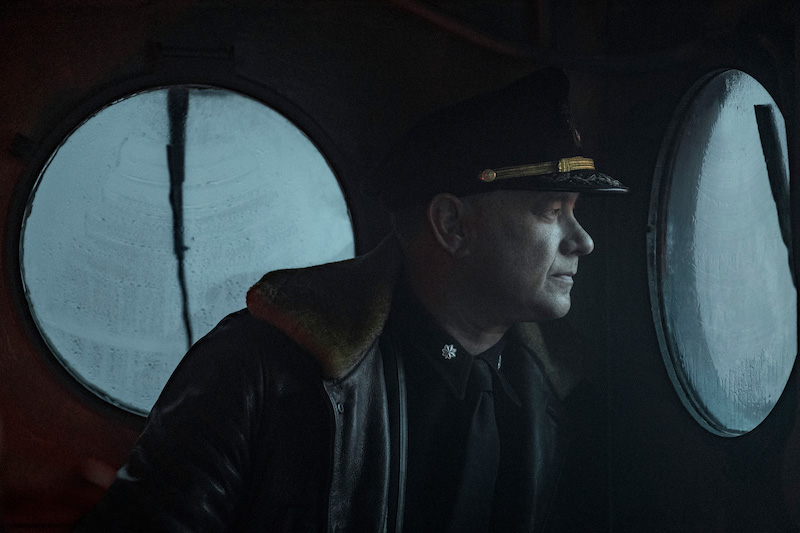
However, as for the script, it doesn’t quite reach the level of drama that is reminiscent of other Hanks starring-vehicles. Its action lacks the excitement and suspense that comes with the intensity that comes with war genres. He gives a decent performance about a Navy captain who must overcome his self-doubts and personal demons to help defend a fleet of allied nation ships from German U-Boats. And because the emotional weight bears down on him, it does make for a relatively interesting watch.
The history of this film centers in convoys of ships carrying troops and supplies to Great Britain were crucial to the Allied war effort. The convoys were most vulnerable to U-Boats beyond the range of air cover, in the middle of the Atlantic, in an area known as the Black Pit.
The Greyhound opens with that calm before the storm. An aircraft, escorting the Greyhound says they have reached its range and must depart. Wishing the titular ship safe travels, the escort tells what awaits them at their final destination. Inside, Commander Ernest Krause, USN (Hanks), says a prayer in his private quarters hoping that God would bring him and his crew to safety.
Flashback, two months, December 1941, where we see Krause wait for his long-time love, Evie (Elizabeth Shue). The two exchange gifts, each sentimental in their way. But Evie’s gift has more sentimental value as it commemorates Krause’s inauguration as a commander of a ship. Though he’s more humble and sees it as the navy pushing him around different training ports, he asks her to come with him in hopes that he could ask her to marry him on a beach. To which she kindly rejects but only because these are challenging times.
“I will always be looking for you Evie, no matter where I am, even if I am a thousand miles away, I will be hoping to see you come around the corner. Because when you do, it’s the greatest feeling in the world,” Krause says to Evie before he departs. That would be a sweet sentiment from a character who may never return, but it feels out of place because we never get to see Evie again.
We then return to the present, where Greyhound will be without air cover for 50 hours. Yet, the captain heads to the dangers of the “Black Pit” knowing full well that he could lose allied ships. Yet, his courage and valor are like steel and match his deep and profound faith. That is noted by the biblical verse cards he hangs on his mirror, the language he uses with his men who have engaged in disorderly conduct on board his ship, and the blessing of his meals. Though he may be a bit inexperienced, he still runs a tight ship and commands as if his life depended on it.
As much as The Greyhound is a character-driven film, there are also cinematic elements in its suspenseful action sequences. A 12-minute game of cat and mouse where Krause takes the lead on sinking a German U-boat that dove underwater. That sense of danger is elevated because Krause doesn’t know when the U-Boats could strike.
The sequence also provides different perspectives to give us a sense of the tension that everyone on the Greyhound wants to find the U-Boat before it finds them. There is no time for any mistakes or bad decisions. Not even a moment to sneeze as it might hamper the transmission of vital information to Krause. Though it is a time for celebration amongst the crew, with one of them referring to “50 less krauts,” Krause has more respect, and recognizes the lost navy men as “50 less souls.”
But it is not over as six other German U-boats are preparing to strike. With the weather hindering their views, and the cold having an effect on their already limited radar technology, the Greyhound is going headed into the Black pit, blind. The pressure starts to mount as one of the U-boats takes a strategic advantage by deploying a decoy to misdirect the Greyhound, giving the Germans the time not only to confuse the allies but also to destroy an oil tanker.
Though Krause’s task may be daunting, and his self-doubt gets in the way, his courage and leadership never falter. And yet, U-Boats like Greywolf are continually trying to coerce Krause into giving up. Their strategies are use decoys to distract the Greyhound and make them use up their limited artillery. Others are more psychological. We can hear the Grey Wolf taunt Krause and the Greyhound crew’s futile efforts by howling at them and threatening to sink them to the bottom of the Black pit.
Though Krause’s faith is unshakeable, it is continuously, and predictably, put to the test. But he doesn’t want to show his fatigue. Nor does he want to show any signs of any breakdown. Krause is focused on the mission at hand, which takes precedence over Krause’s pains, be it mental or physical. And though there will be some losses, his crew’s support does not waiver.
The Greyhound is a swift 90-minute dramatization of a 48-hour battle that stretches across the Atlantic. Though it may play it safe with its paint-by-numbers style, Hanks still proves that he can make it work as a leading man. Of course, there isn’t much else. Sure, there may be some tension here and there, especially with the close calls, momentary grief, and anxious suspense.
The Greyhound is a pretty standard film that uses the typical suspense and action set pieces in any maritime warfare flick. And while it tends to play it safe by using familiarity and there are no discernible features that come with it, it’s still enjoyable to see Hanks as a leading man.
Greyhound premieres on Apple TV+ July 10.

